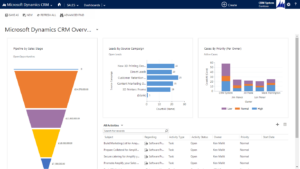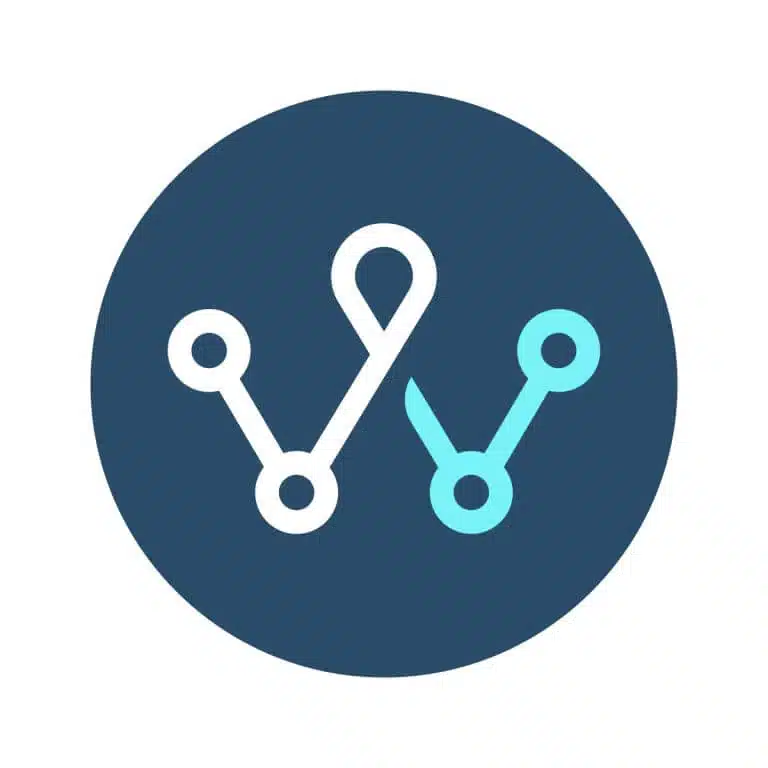Authored by: Cass Mieczakowski, Director of Engineering
Customer Communication Management (CCM) and Customer Relationship Management (CRM) are interconnected platforms that play key roles in enhancing customer interactions and driving operational efficiency. While CRM focuses on optimizing relationships and leveraging data insights to fuel growth, CCM automates the process of composing effective customer-facing communications. When you incorporate CCM and CRM technology as part of a customer-centric operating model, that’s when true magic can happen for your organization.
What is the difference between CCM and CRM?
First, it’s essential to address the differences between CCM and CRM. Both platforms have the words “customer” and “management,” and it’s natural to think they are the same. While these two may seem like similar concepts, they each serve a specific role in an organization.
CRM has gained significant attention in recent years with the increasing volume and complexity of digital customer outreach and the proliferation of communication channels. It’s a discipline that combines various approaches and technologies to develop, manage, and optimize an organization’s interactions with both existing and prospective customers. It is not a one-time effort; rather, its goal is to create ongoing and mutual value throughout the entire customer relationship lifecycle. Businesses strive for improved customer experience, satisfaction, loyalty, and retention, which, in turn, drive increased sales, revenues, and overall bottom-line growth. Effective CRM also benefits customers by providing more timely and relevant communications, as well as better product and service support when engaging with a brand.
Today, CRM has become highly digitized, with a primary focus on gathering and analyzing different types of customer data to drive informed decision-making. This data is derived from various channels, including email, telephone calls, website interactions, and social media. When properly analyzed, this data yields deep insights into a customer’s personal preferences and buying behaviors.
Customer communication management streamlines the process of gathering information and combining it with layout details in order to compose effective customer communications. This technology makes it easier and faster to compose professional, attractive, and compliant customer communications.
CRM and CCM are closely interconnected because they both address the crucial aspect of how a business communicates with its existing and potential customers. However, there are distinct differences between the two. CRM focuses on organizing customer interactions by utilizing data and analytics to improve the number of deals closed and ensure maximum customer retention levels. On the other hand, CCM supports and facilitates these customer interactions through the implementation of the appropriate enabling processes and tools.
[blog_box_cta url=”https://waypathconsulting.com/contact-us/” button_text=”Talk to an expert”]Quickly understand how WayPath can help your business optimize your CCM and CRM.[/blog_box_cta]
Combining CCM and CRM
Combining Customer Communication Management (CCM) and Customer Relationship Management (CRM) can significantly enhance operational efficiency, particularly in complex processes like insurance claims processing. A prime example of this complexity is the back-and-forth exchange of documents involved in claims processing.
Traditionally, when you call an insurance company regarding a claim, the representative handles the call using CRM tools. However, to progress the claim, they often need to generate and send documents. This is where the interaction between CRM and CCM becomes crucial. By integrating these systems, organizations can streamline the generation of necessary documents, improving overall efficiency.
Without the combination of CCM and CRM, the process may involve retrieving a Word document template manually and populating it with the required information. This manual approach can result in subpar documents, even with copying and pasting. Mistakes are more likely to occur, leading to errors and delays.
By automating processes through the integration of CCM and CRM, and standardizing platforms onto the cloud, numerous benefits can be achieved. Efficiency is greatly enhanced as tasks are completed faster, reducing the need for manual intervention. The risk of errors is significantly reduced, improving the accuracy and quality of generated documents, and this is essential as business strategies are ever-changing in order to keep up with impacts and regulations. Moreover, the time required to train staff in complex document generation procedures is reduced, allowing them to focus on more critical aspects of their roles. All users are empowered for improved quality and efficiency.
CCM extends your CRM through the “last mile” of communication with your customers and greatly improves the overall business user experience. Combining these technologies is an efficiency game changer for facing business processes that require professional customer communication.




